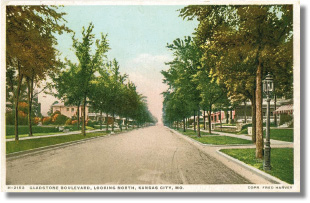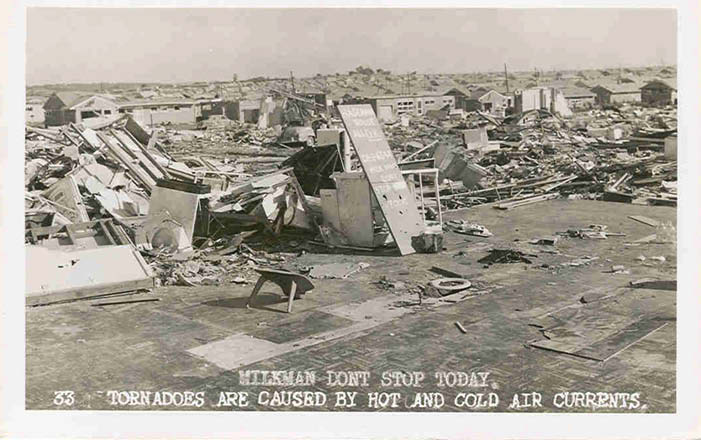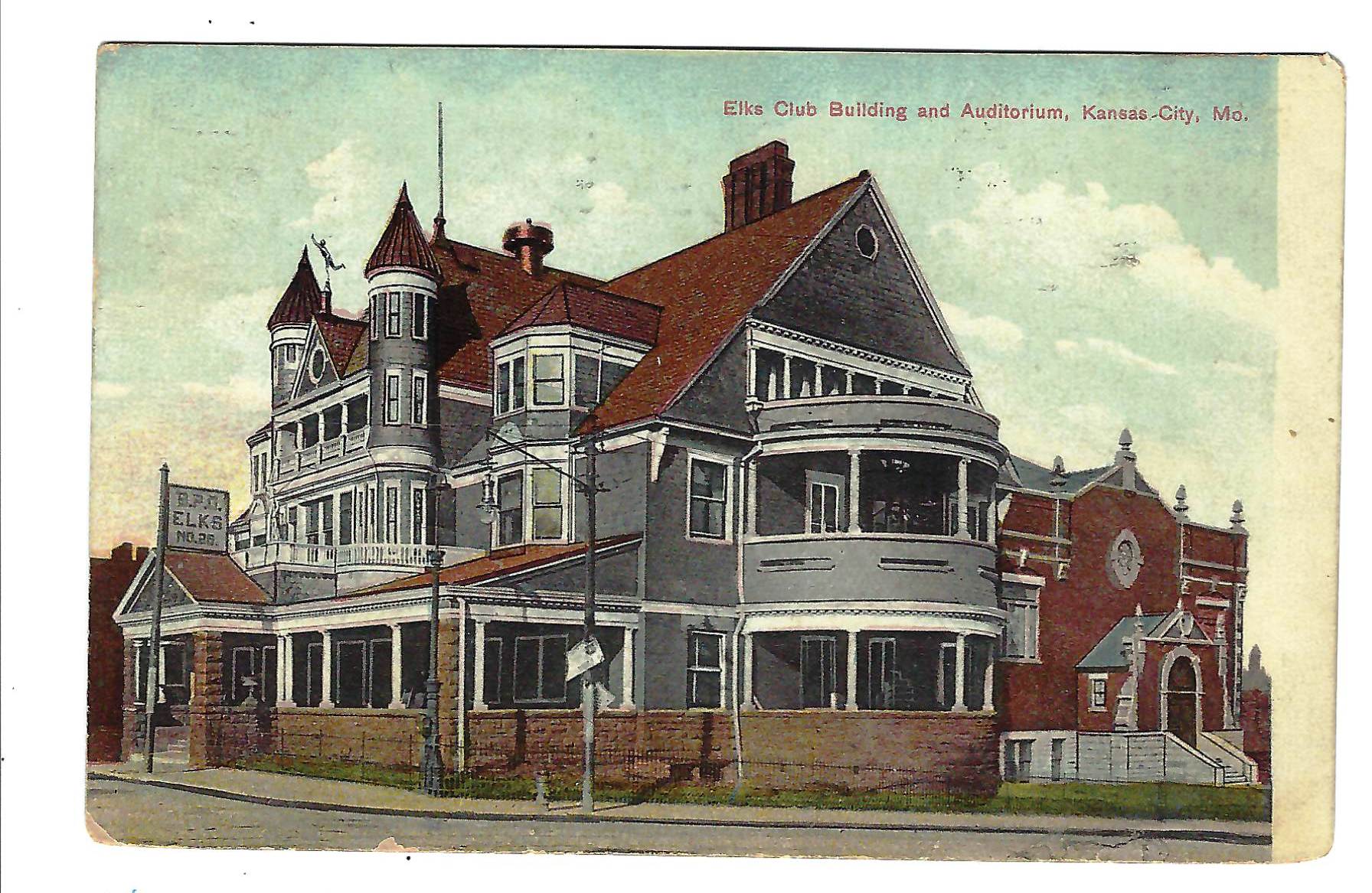
This Fred Harvey postcard, circa 1920, is entitled “Gladstone Boulevard Looking North” and shows the 400 block of Kansas City’s first Boulevard.
Commissioned by city charter amendments in 1895 for parks improvements, Independence Avenue was widened and christened a boulevard from Woodland to Benton under the same amendment. Under the leadership of the city’s Parks Board and Landscape Architect George Kessler, Kansas City’s impressive parks and boulevards system was launched.
An early Parks Department souvenir program indicates Gladstone Boulevard was completed to Monroe Avenue in 1897, to Elmwood Avenue in 1906 and to Van Brunt Boulevard in 1913. The remaining portion of land extending east to the Indian Mound was acquired in 1912 and completed in segments over the next eight years, extending the Boulevard to its present day length of 2.8 miles. The Boulevard was named for four-time British Prime Minister William Ewart Gladstone, a leader of the British Liberal Party in the late 1800s.
The view in this postcard shows the brightly colored striped awning at 429 Gladstone Blvd. The impressive 16-room Victorian Shirtwaist style home was built in 1902 for Charles H. Moore, a cashier for the National Bank of Commerce. The Belvedere stone porch at 425 Gladstone Blvd. (The Stephen Twiss House) can be seen next door. Across the street, the 2.5 story, Folk-Victorian, buff brick home at 414 Gladstone Blvd. was built in 1902 for Porte Haven, a vice president of the Keystone Oil Company. The home is notable as it is one of eccentric Architect Louis S. Curtiss’ only residential designs in Kansas City.
The card was mailed from Dodge City, Kan., in September of 1924. The message reads: “Dear folks, We are O.K. at Dodge City Kansas. We sure are going down the line. We got riding a fast mail and it don’t stop anyplace to eat. We got to Abilene at 11 o’clock. Your lunch sure came in good. We make about 8 hours for home. Signed S.T.B.”


















